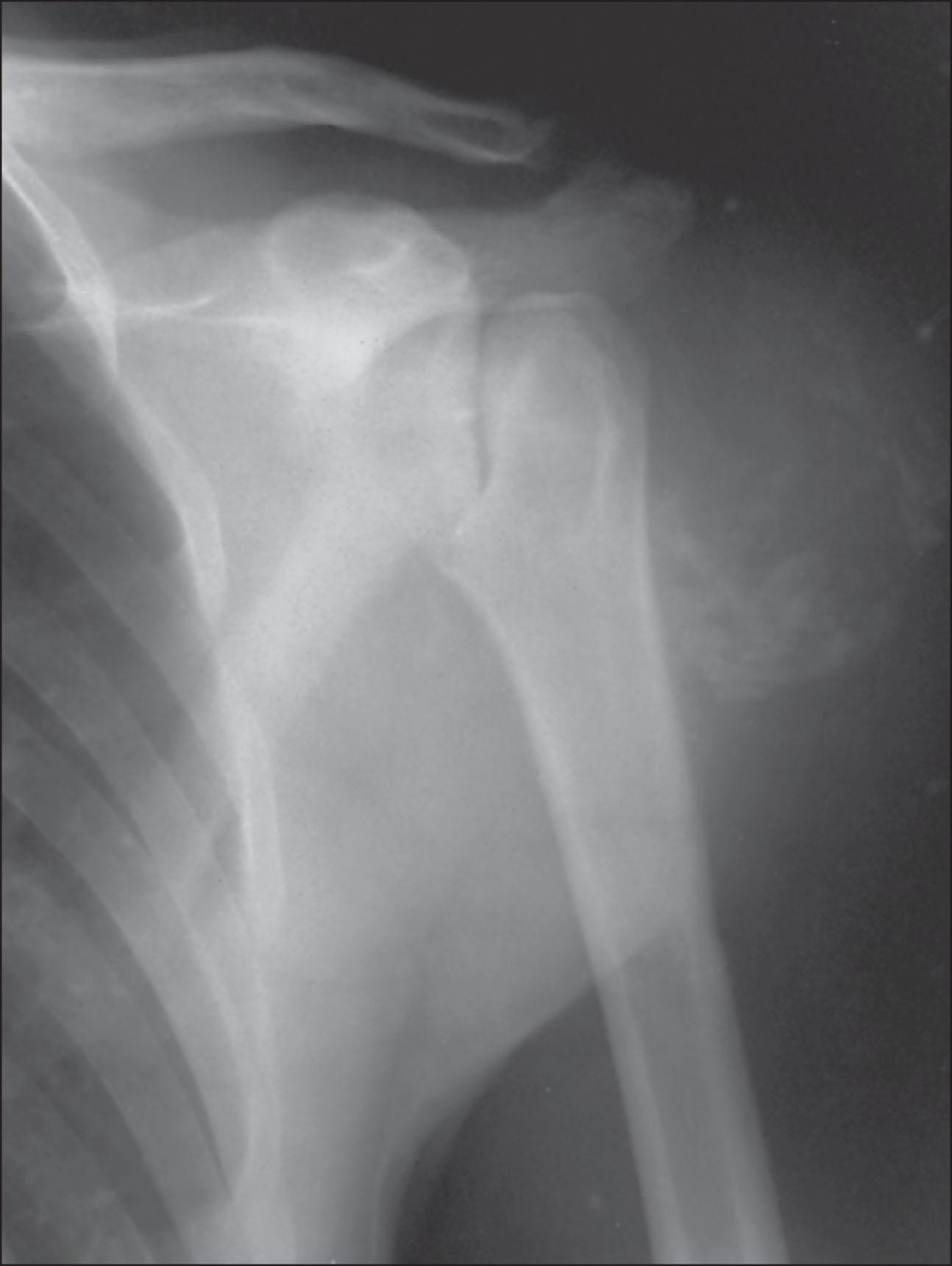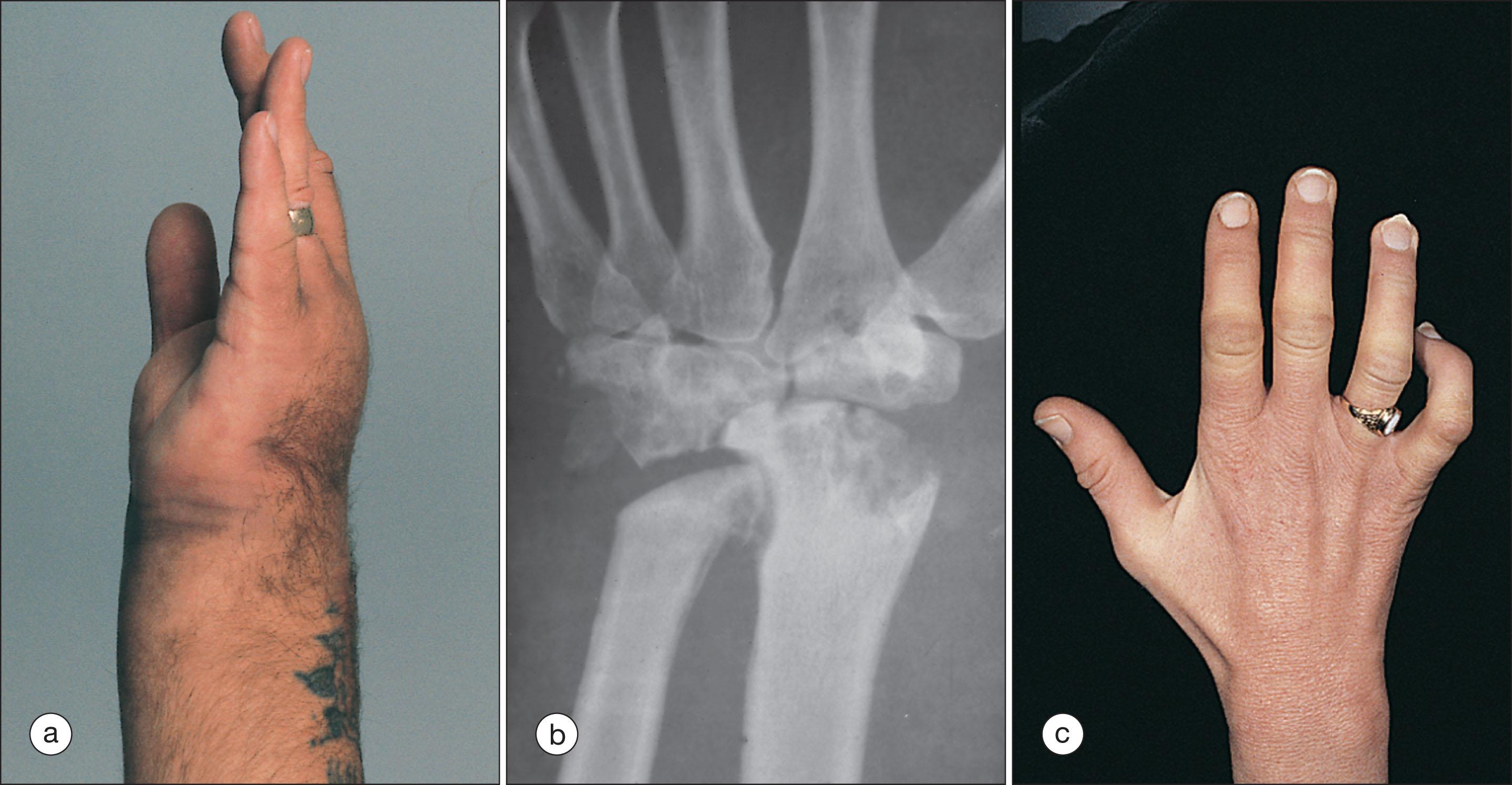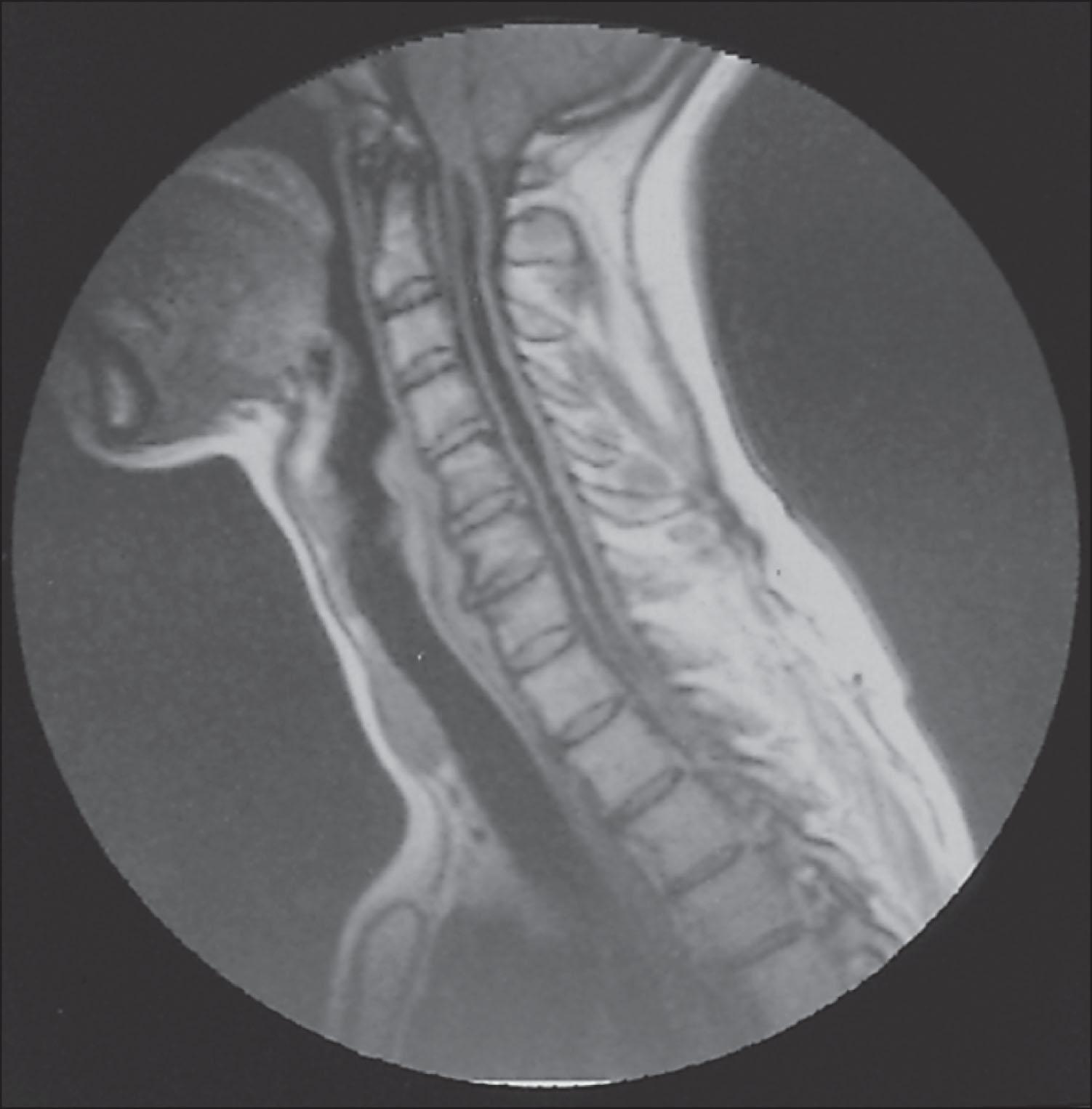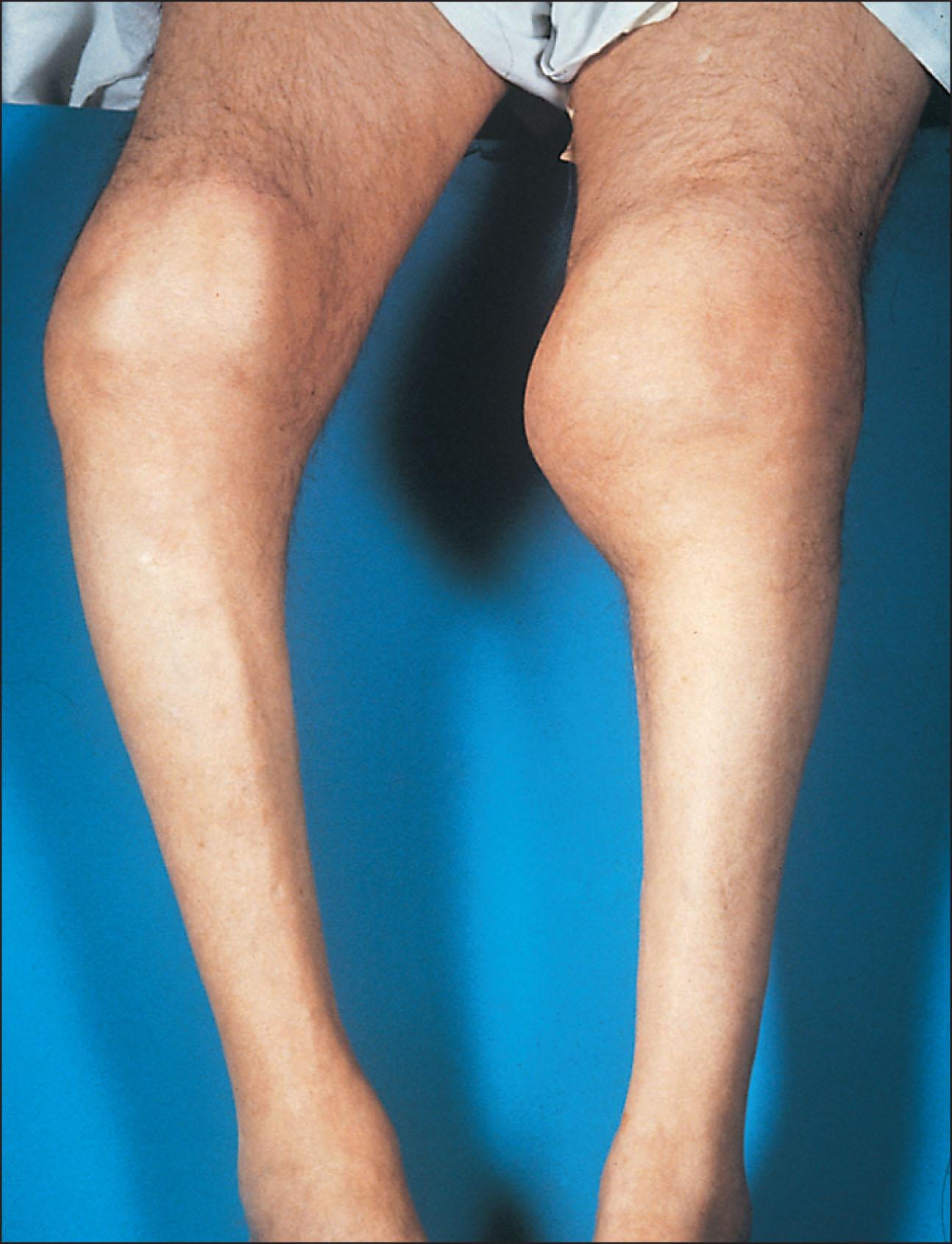Physical Address
304 North Cardinal St.
Dorchester Center, MA 02124
Neuropathic arthropathy is a progressive, destructive joint disease associated with sensory loss.
It is characterized by relative lack of pain resulting from sensory neuropathy and by atrophic changes on plain radiography.
Bony swelling and soft tissue enlargement, effusion, laxity, instability, and deformity occur.
Common sites of joint involvement are the midfoot, ankle, and knee, and less commonly, the hip, spine, shoulder, and wrist.
Joint destruction, subluxation, heterotopic new bone formation, and recurrent or persistent joint effusion are involved.
Neuropathic arthropathy (NA) is a relatively painless, progressive, destructive arthropathy caused by a neurologic deficit. The first description was probably by William Musgrave (1655–1721), a physician from the West of England, but it was the French neurologist Jean-Martin Charcot (1825–1893) who gave his name to the condition. In 1868 he described “l’arthropathie des ataxiques” in a French soldier with tertiary syphilis who had been marching 25 km each day. Sir James Paget named the condition after Charcot in 1881, but in this chapter the term neuropathic arthropathy is used throughout. In 1917 Eloesser assessed the role of trauma in the development of NA by cutting the posterior roots of the spinal cord in cats, which resulted in analgesia, anesthesia, and ataxia. His work was used to support the neurotraumatic theory of pathogenesis. In 1936 Jordan gave the initial description of NA associated with diabetes. NA can complicate a variety of sensory neurologic disorders. Diabetes is now the most common cause of NA, accounting for two thirds of all cases in the lower limb. Leprosy is a common cause in endemic areas of the disease.
Sensory neuropathy is a complication seen in up to 60% of individuals with diabetes mellitus, especially if it is long-standing or poorly controlled. NA occurs in 0.1% to 0.5% of diabetic patients, with an approximately equal sex ratio. Typically patients have severe distal symmetric neuropathy, are 50 to 60 years old, and have at least a 10-year history of diabetes. NA in diabetes is frequently associated with ulcers and ischemic lesions in the feet, as well as other evidence of microangiopathy.
An estimated 20% to 25% of patients with syringomyelia develop NA. It is usually monoarticular and typically affects joints of the upper extremity, especially the glenohumeral joint ( Fig. 207.1 ), elbow, wrist ( Fig. 207.2, a and b ), or fingers. Bilateral and symmetric involvement is less frequent in syringomyelia than in tabes dorsalis. Neurologic manifestations due to spinal cord damage include loss of pain and temperature sensation, although tactile and postural sensitivity is preserved; wasting of the intrinsic muscles of the hand (see Fig. 207.2, c ); and amyotrophic paralysis in the upper limb. Magnetic resonance imaging (MRI) ( Fig. 207.3 ) can demonstrate spinal cord enlargement, especially in the cervical region.



Of patients with tertiary syphilis, 5% to 10% develop neuropathic arthropathy. It is still the classic model for neuropathic joint disease despite its decreasing incidence. Both sexes are affected equally. The onset is usually in adulthood. The lower limb joints are affected in 60% to 75% of cases, with involvement of knee, hip, ankle, shoulder, and elbow in descending order of frequency ( Fig. 207.4 ). Monoarticular involvement predominates but is not universal. Diagnosis requires identification of specific antitreponemal antibodies in blood and cerebrospinal fluid.

Leprotic patients develop peripheral neuropathy with a variety of secondary changes in the feet. NA is a long-term complication. The disease alters the shape of the hands and feet owing to subluxation of individual joints. In the feet the changes usually start in the medial arch and later involve the lateral arch, talus, and calcaneus. In extreme cases, dissolution of the midfoot results in separation of the forefoot and the hindfoot, and the tibia is driven downward to become weight bearing.
Another group of disorders that can lead to NA includes congenital insensitivity to pain and hereditary sensory neuropathies types I to IV. The pathogenesis appears to be the same as that in other causes. Often, there is marked disproportion between the severity of the disease process and clinical symptoms.
Become a Clinical Tree membership for Full access and enjoy Unlimited articles
If you are a member. Log in here